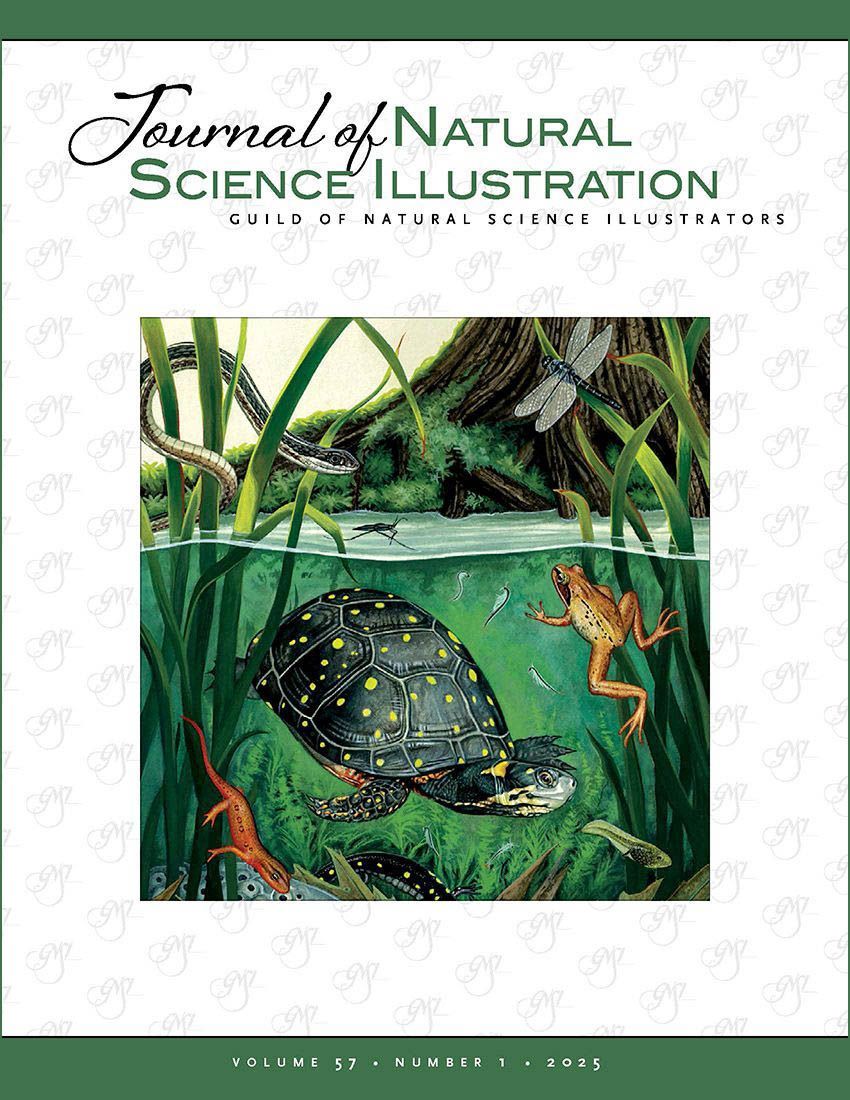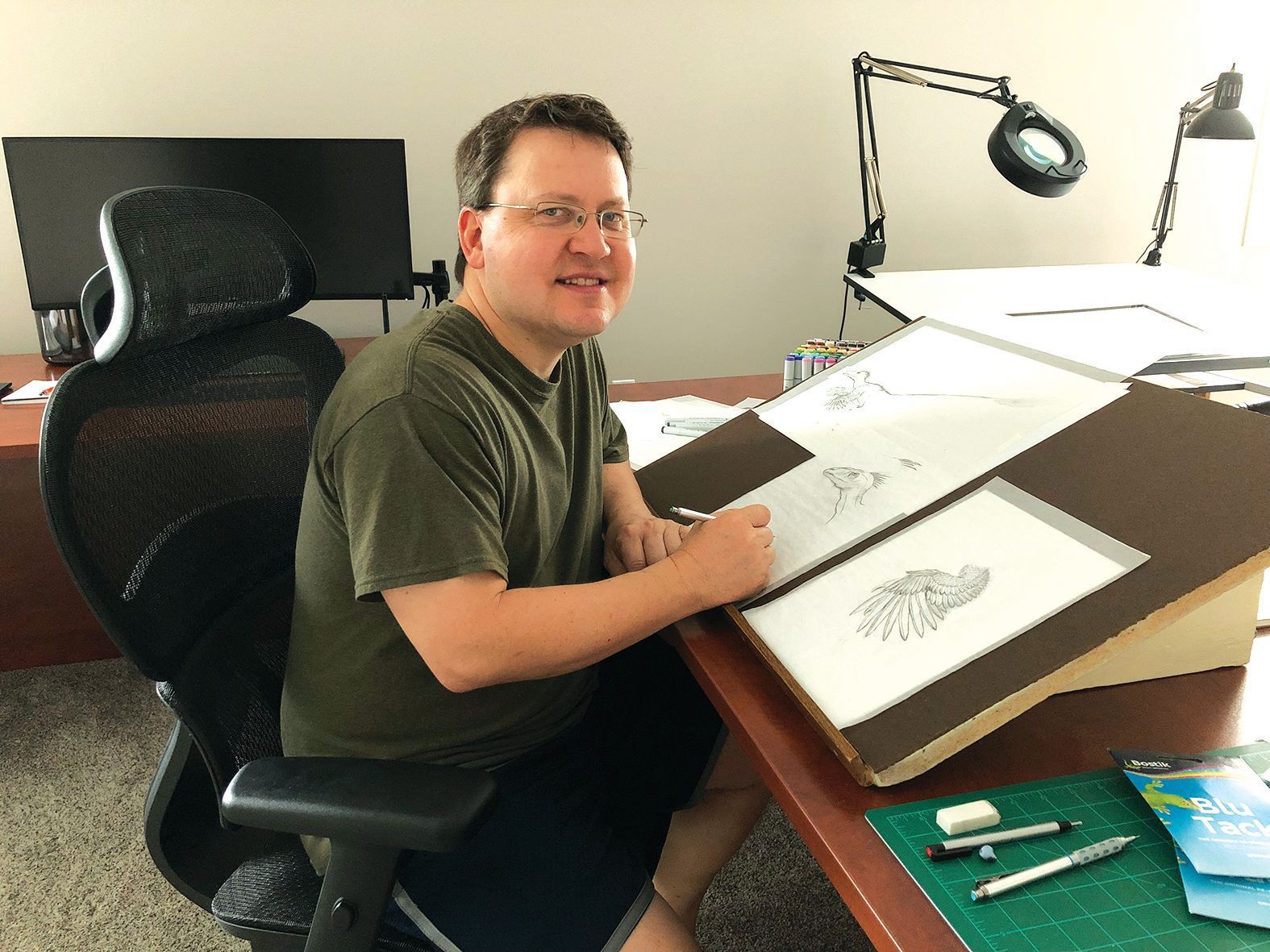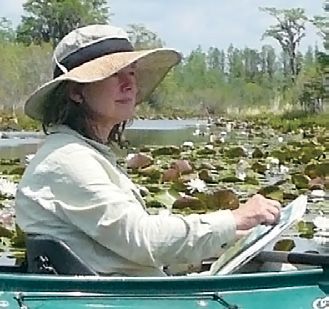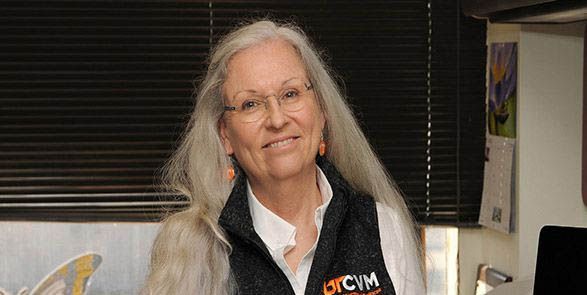Member Spotlight - Rick Simonson
– All illustrations and photos ©Science Lab Studios, Inc., unless otherwise noted.
I was born in Minneapolis and grew up on a farm near Benson, Minnesota. Growing up on a farm certainly nurtured my interest in the natural world; I’ve always loved drawing and being outside.
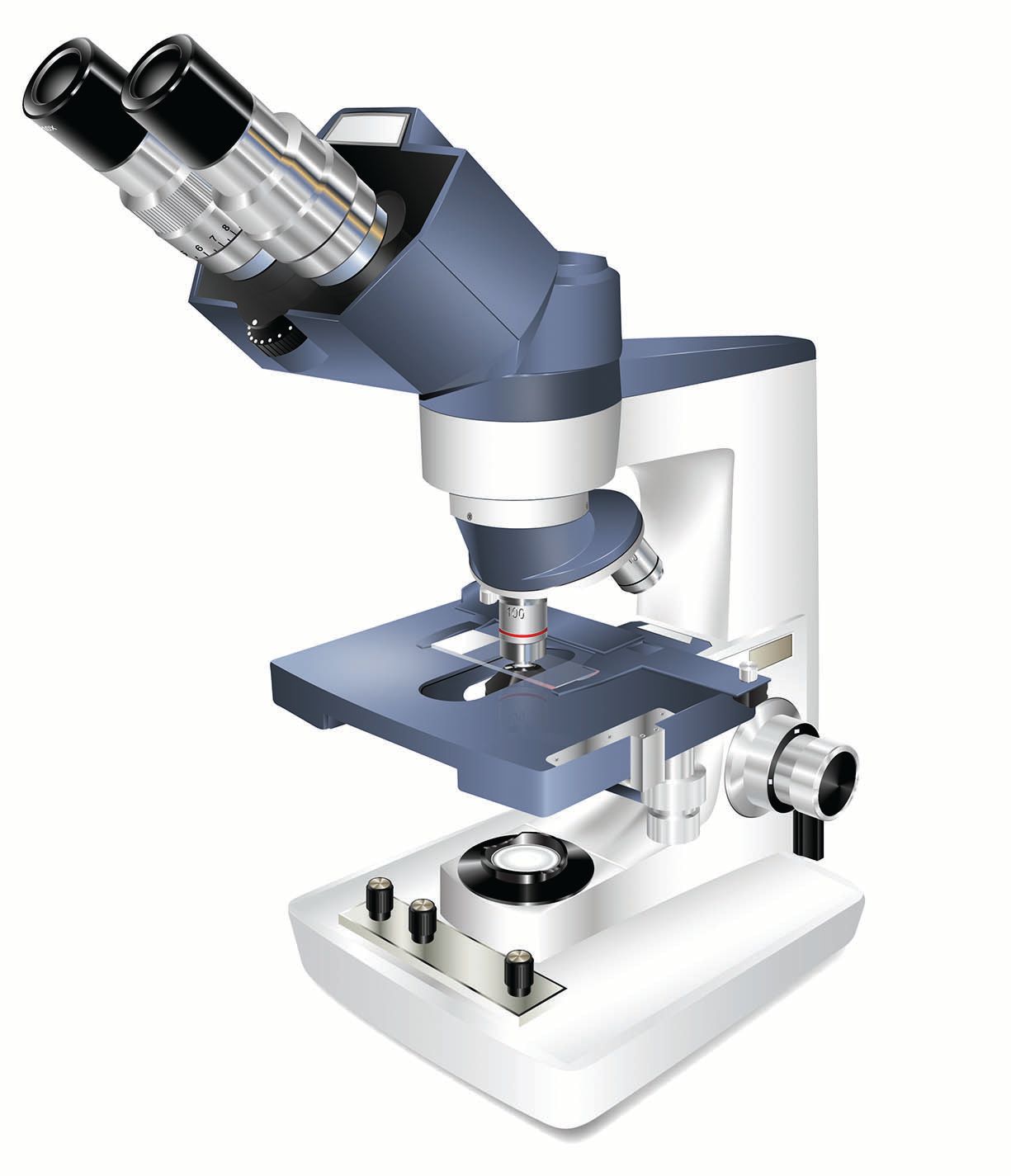
Figure 1:
Compound light microscope. Adobe Illustrator. © 2006 Science Lab Studios, Inc.
My parents were always very supportive of everything I wanted to do, always encouraging my interests in art and science. Mom would often buy drawing paper and pencils for me; Dad built a great drawing table board that I still use. When I was a little kid, I would often make drawings of different types of animals and staple the sheets together to make simple books. I would create a book about spiders and one about snakes and so on. I never guessed that I would be doing the same type of work as a career.
After high school I attended Concordia College in Moorhead, Minnesota, where I majored in biology and minored in chemistry. I did take one or two art courses but didn’t really consider pursuing it as a career; I was more into science at that point. I earned my Bachelor of Arts degree from Concordia in 1995. Next I attended graduate school where I did research in cell biology and protein biochemistry at the University of Nebraska–Lincoln. I finished my time in graduate school at the University of Nebraska at Kearney where my research shifted toward molecular biology. In 1999, I earned my Master of Science degree; by this time I was focused completely on biology. Like so many biology students, I next considered a PhD. I applied to a few programs and interviewed with professors who wanted me to work in their labs.
Here is where my path took a turn: I decided not to pursue a PhD, my heart just wasn’t in it. I knew exactly what more graduate work in molecular biology would entail, and there were other things I wanted to pursue. I loved biology but I could only do the lab work for so long until I became bored. While I had an interest in research, I didn’t want it to be my primary focus. I needed something to fuel my creative side. I actually remember thinking to myself, “I want to draw more.”
I only abandoned pursuing a PhD in science, I didn’t abandon my love of science—far from it actually. My next step was to take a position as a Molecular Biologist at the University of North Dakota. After a brief time, I moved back to Kearney, Nebraska in 2000 where I’ve been working as a Senior Lecturer in the Department of Biology at the University of Nebraska at Kearney. Working at UNK has given me the opportunity to take many courses in drawing, painting, and design—so, academically speaking, my art is catching up to my science. I currently teach two courses in scientific illustration. One is on campus for undergraduates and the other is online for graduate students.
Discovering scientific illustration for me came as a result of a lot of soul-searching. I knew I wanted to do more drawing; I just didn’t know exactly what I wanted to do with it. Then one day in 2003 I was looking through a biology textbook and it dawned on me: someone had to draw these textbook figures... I bet I could do that! Is it a real profession? I started searching online and came across the GNSI website and discovered scientific illustration. The conference that year was in Denver—I could drive to that! So that’s what I did.
Figure 2: Rick Simonson in his studio working on a new drawing.
Reading the schedule, I noticed a portfolio sharing on the first day. I had my apprehensions about bringing my portfolio, but I decided I’m going to be all in on this. I had been to science conferences before; in the sciences there are plenty of egos and people who are less than cordial. So, I brought my portfolio fully expecting to be mocked and humiliated. After all, these are the best science illustrators in the world! I won’t be surprised if I get shunned, but that was OK: sometimes the best way to learn and progress is to take risks. I had absolutely no idea what to expect.
Of course, anyone reading this who has been to a GNSI conference knows that the professionals in this group are incredibly welcoming of new people and extraordinarily generous with their knowledge and expertise. So, the portfolio sharing was the exact opposite of what I was preparing myself for. It was a great experience.
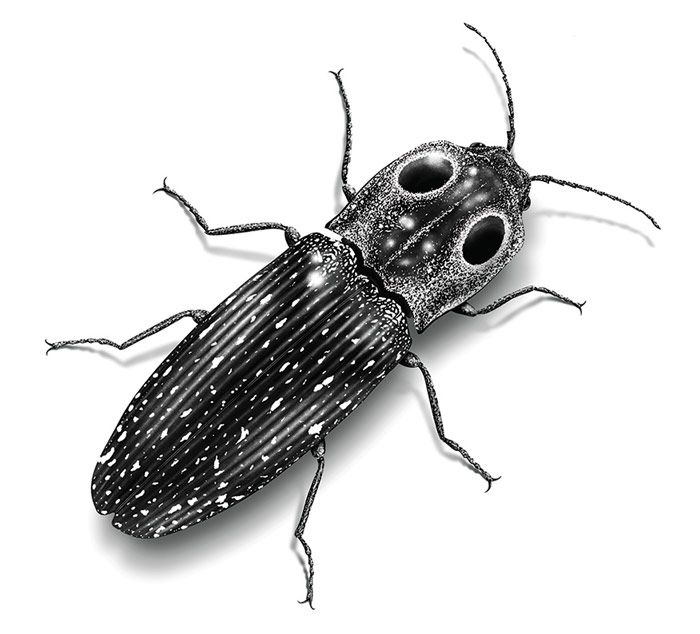
Figure 3: Eyed click beetle (Alaus oculatus). Adobe Illustrator and Photoshop. © 2008 Science Lab Studios, Inc.
Something else happened that I will never forget: when I first walked into the conference the first person who came over and talked with me was Elaine Hodges. She was the first real Scientific Illustrator I met. Only later did I realize that she was a Scientific Illustrator at the Smithsonian and a founding member of the GNSI. I talked with her several times at that conference and at many future conferences. She had a huge impact on me. Since then I have been an active GNSI member. I attend most of the annual conferences, have given numerous presentations and workshops, served as a conference Workshop Coordinator, and served as a member of the Education Committee. I have also served as the Vice President of the Great Plains Chapter and maintain the chapter website.
I’m not sure if I’ve really had one big break; it’s more like a lot of small breaks. It’s been a gradual progression. Early on I spent about five years focusing my efforts on textbook illustrating. I love how textbooks merge illustrations with text, photographs, and graphic design to communicate scientific concepts. My work has been featured in a wide variety of textbooks published by many of the major publishers.
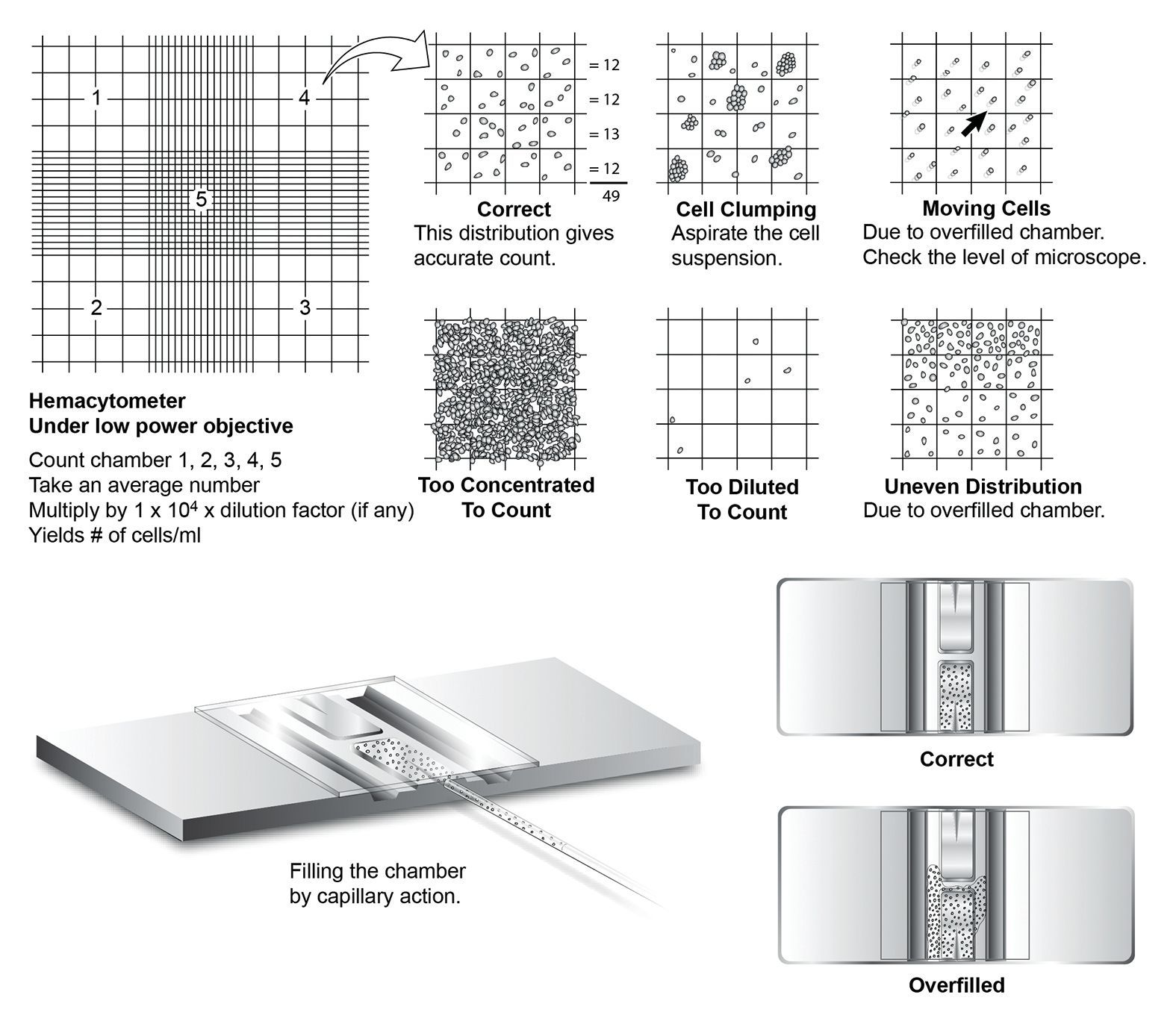
Figure 4: Hemacytometer. Adobe Illustrator. ©2009 Science Lab Studios, Inc.
After a while I decided that I wanted to do a wider diversity of projects. My work now focuses on the visual communication of science, with a direct application to science research or education. I work with scientists, educators, publishers, and science companies. I love to visually explain concepts and show how processes work. Most of my recent work involves drawing procedures, equipment (microscopes, thermocyclers, centrifuges, etc.), and hands holding equipment. Being a biologist, I also love drawing animals and plants. I consider myself to be a generalist. I am interested in illustrating the entire range of scientific subjects and I enjoy using different types of media. I find inspiration from many different industries such as industrial design, architecture, comic books, and concept art.
Adobe Illustrator® is my main tool for most illustration projects; I also regularly use Adobe Photoshop® and Corel Painter®. But most of my illustrations start with hand-drawn sketches; I love sketching with mechanical pencils and Copic® markers. Occasionally I create finished illustrations with graphite, ink, colored pencil, and watercolor, but the majority of my finished, professional work is digital.
I’m the President, Project Manager, and Scientific Illustrator for my company, Science Lab Studios Inc. It began as a scientific illustration business but has since expanded to offer a wider range of science communication services. It’s now a company that offers publishing services, scientific illustration, logo and graphic design, and science merchandise. Besides illustrating, I have grown to really enjoy the strategy and project management aspects of running a business. I enjoy large projects in which scientific illustration is one part. In the beginning I was doing everything myself. But I quickly learned that the projects I was interested in were too much for one person. Now I regularly hire other creative professionals, often people who have skills that I don’t. I like collaborating with people who have different expertise such as scientists, educators, designers, artists, and entrepreneurs. I often hire other GNSI members to work on projects. I’ve also had students do internships with my company.
Over the past few months I’ve been working with Embi Tec, a company that makes innovative lab equipment for research and education. I’ve been creating illustrated protocols for their MiniOne lab kits. It’s been a really fun project! Here are a few of the other projects that have my interest at the moment: working with an ecology professor on an environ- mental science comic book, a variety of custom lab manual projects, figures for research publications, as well as logo designs for labs and businesses. I’m also working with a t-shirt company to create a brand of science shirts.
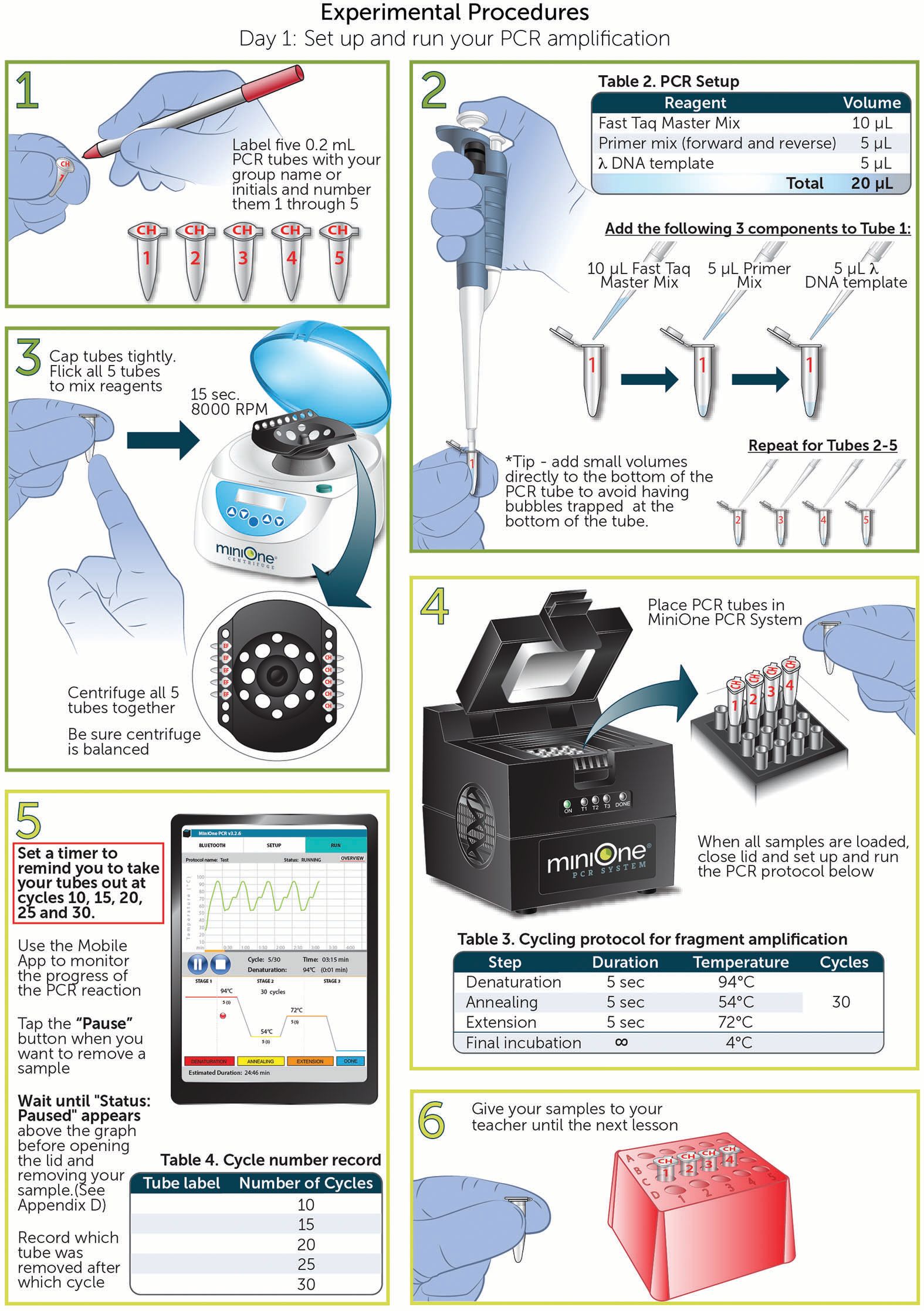
Figure 6: PCR Cycle Count Day 1 Experimental Procedure. Adobe Illustrator.
© 2019 Embi Tec
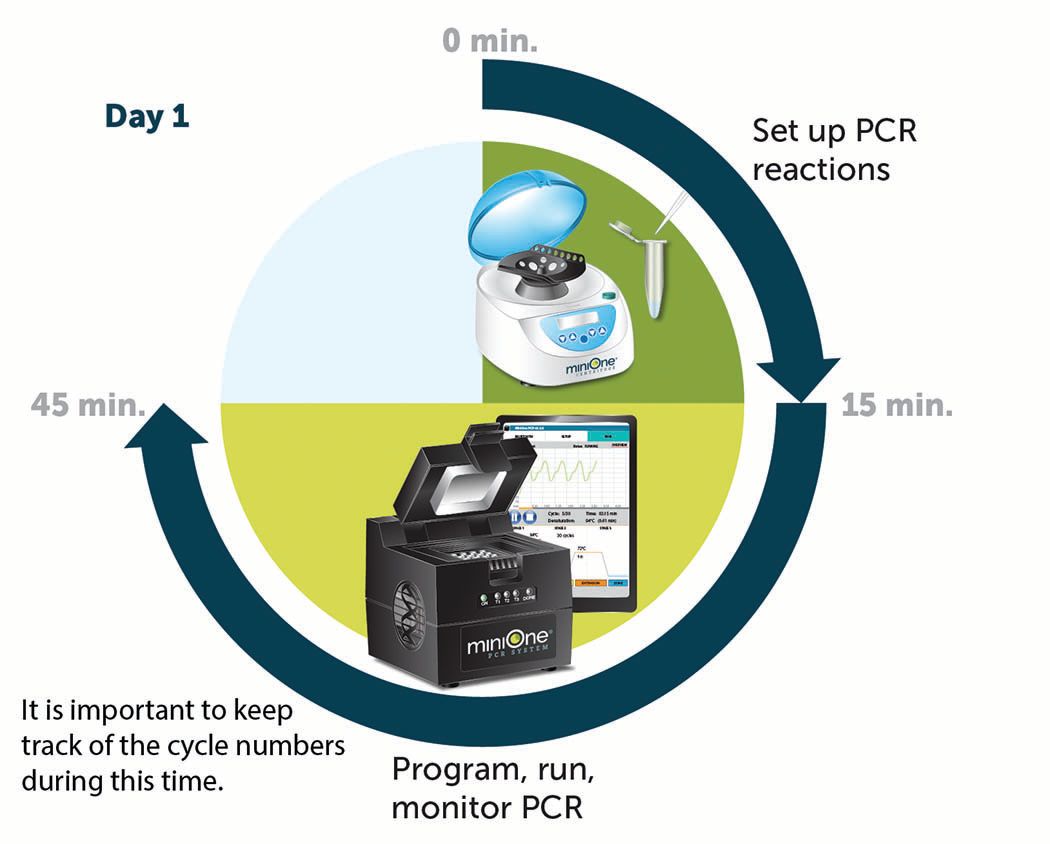
Figure 7:
PCR Cycle Count Day 1 Experimental Timing. Adobe Illustrator.
© 2019 Embi Tec
There are many projects I want to pursue in the future. I have a lot of ideas for different publishing projects. I dabble in animation and 3D illustration. Product design and 3D printing are areas I may get into. I’d really like to do more concept art and infographics work too.
You can see more of my illustration work at simonsonillustration.com and what my company does at scilabstudiosinc.com. If you are a freelancer looking for more work or a student wanting an internship, feel free to contact me at rick@scilabstudios.com. Maybe we can work on a project together!
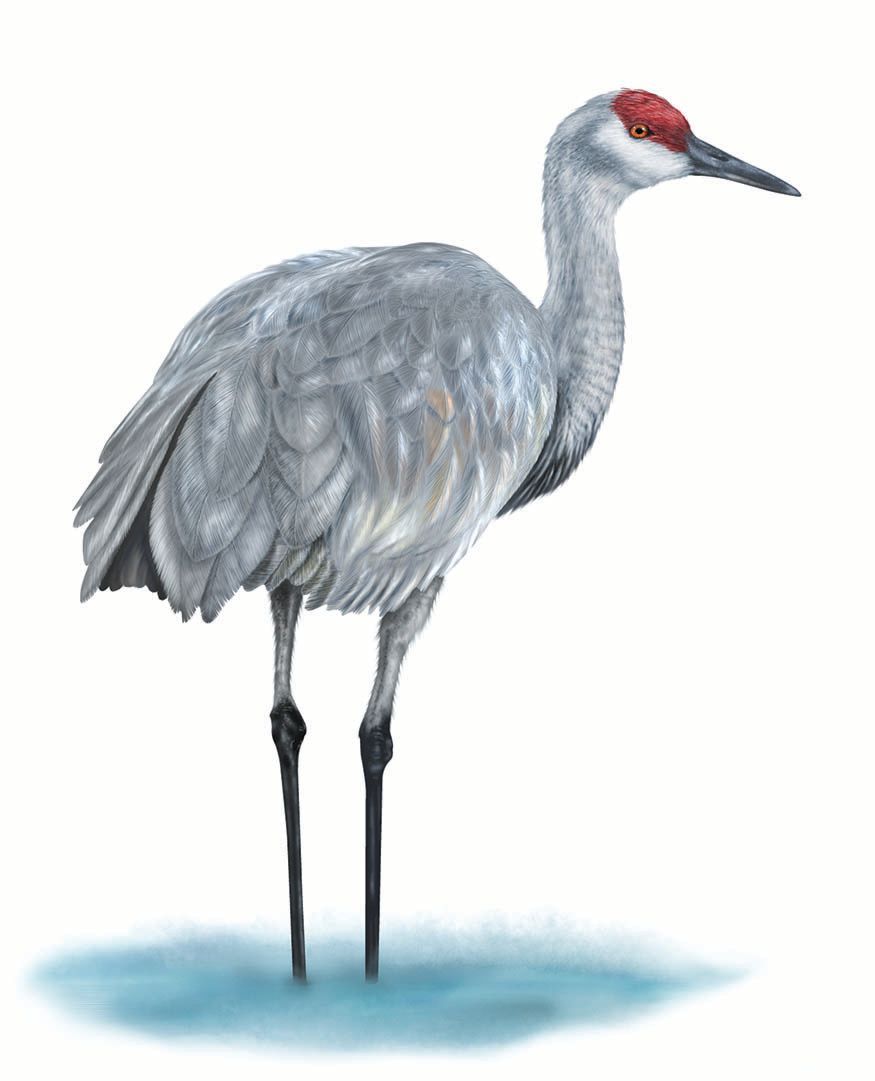
Figure 5: Sandhill crane (Grus canadensis). Adobe Illustrator and Photoshop, Corel Painter. © 2012 Science Lab Studios, Inc.
Share this post:
